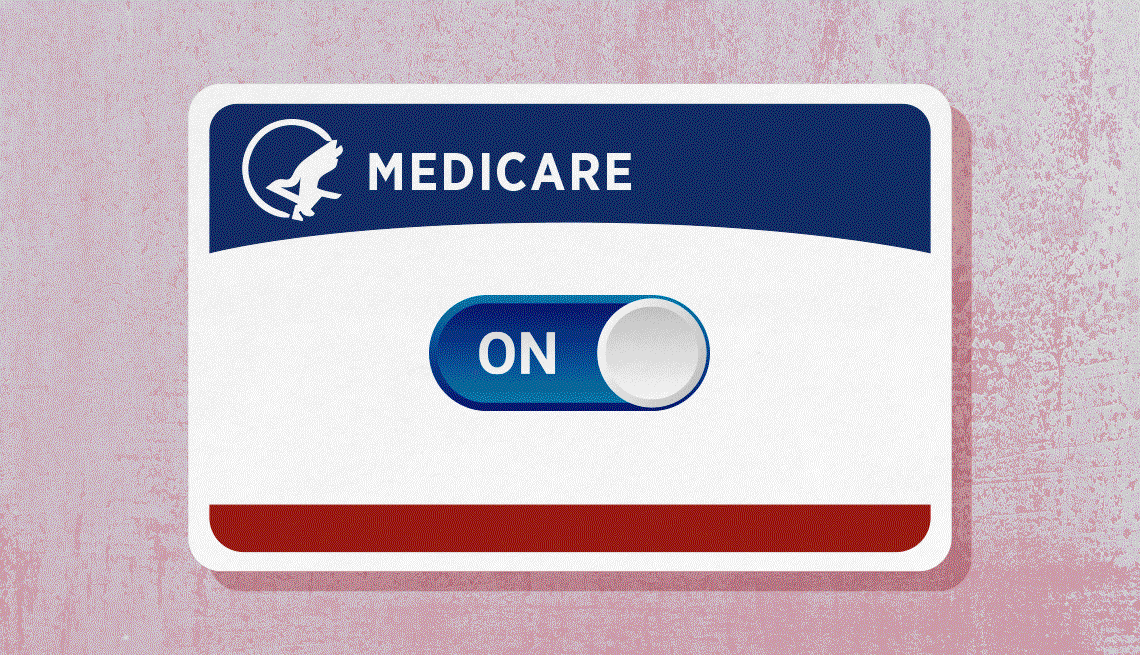AARP Hearing Center


Key takeaways
- The usual Medicare benefits aren’t affected.
- Program is safe from budget process. But some delays occur.
- Online enrollment continues on Social Security website.
- Replacement Medicare cards can be requested online.
- Previous coverage for telehealth appointments resumes.
The president signed a bill late Nov. 12 to end a government shutdown that began Oct. 1 and is now the longest on record.
Most congressional Democrats have opposed the GOP’s short-term fix, calling instead for negotiations on a bill to extend Affordable Care Act premium tax credits that expire at the end of 2025.
The bill, which passed the Senate on Monday and the House earlier Wednesday, doesn't continue the ACA enhanced premium tax credits beyond the end of the year but does have provisions to extend federal programs that expired Sept. 30 until Jan. 30. That includes Medicare home telehealth services expanded during the pandemic.
But throughout this shutdown and any other, older and disabled Americans have had some good news: Most Medicare benefits have not been disrupted.
Medicare doesn’t depend on budget process
Unlike most government services, which rely on Congress to appropriate money for them to operate each year, some vital programs, such as Medicare and Social Security, are paid for under a category called “mandatory spending.”
That means the nearly 70 million Americans who get their health care through Medicare are still able to go to the doctor, get hospital care and fill their prescriptions for medications without interruption, even when regular federal spending lapses.
But about half the agency’s staff gets put on leave
Yet Medicare beneficiaries do face some lag in services during a shutdown.
A 2025 shutdown plan for the Centers for Medicare & Medicaid Services (CMS) said a little less than half of the agency’s staff were furloughed.




































































More From AARP
How Social Security and Medicare Work Together
The Social Security Administration enrolls people in Medicare
Medicare Part B Premium May Top $200 in 2026
Possibility could squeeze finances for older adults on fixed incomes
The Big Choice: Original Medicare vs. Advantage
Which path you take will determine how you get your medical care — and how much it costs
Recommended for You